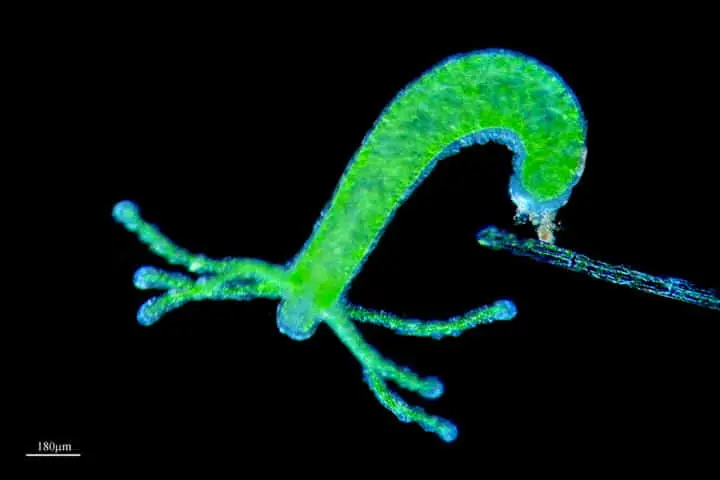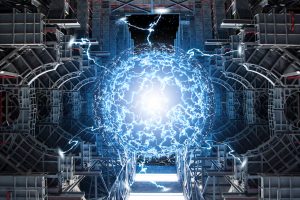Though very tiny in size, the hydras are blessed with immortality, an attribute for which humankind has been striving since time immemorial.
Now, with the help of a new study, scientists are getting near to comprehending as how these aquatic creatures are able to regrow the heads they lose, according to report in smithsonianmag.com.
A freshwater creature, hydra measures just an inch and their appearance resemble that of a tube which is floating. At one end of this tube there is an attachment to grasp while at the other there are collection of tentacles.
Also read: Vulture bees of Costa Rica feast on meat
Hydra belong to a group which is called phylum Cnidaria – symmetrical invertebrates – which include corals, sea anemones and jellyfish according to Live Science’s Mindy Weisberger. The creature is known for its attribute and ability which can be termed as unique and unusual – to regenerate its body parts, thereby allowing it to be immortal.
The study’s co-author and a development biologist at the University of California, Ali Mortazavi, talking about the creature to New York Times said: “It’s one of these organisms that’s thought to never die unless you try to kill it or, you know, starve it to death.”
As compared to other living beings who are constantly anxious about growing old, illness and losing one part of the body or the other, hydras are blessed. The reason being they can keep growing new body parts in place of those which are destroyed or damaged. In some specific instances a completely new creature emerges from a piece of hydra tissue. As per Discover magazine’s Katharine Gammon on an average they change all their cells every 20 days.
While some of the studies in the past have unveiled as to how the tissue of hydra regenerates, there are still many unanswered questions like how does the being manage to instruct its cells to create a new head when the old one is destroyed or lost. Studies on this front will also throw new light on human development also. With a view to know how this ability to regrow is guided by genetic ability, Mortazavi and his colleague Aide Macias-Muñoz studied the genes that were switched on and off during the process of regeneration of the head and also how they were controlled.
Macias-Muñoz who is an evolutionary biologist talking to Kate Baggaley for Popular Science remarked: “We wanted to know…what is happening at the genome level that’s telling these cells to grow or stop growing, and how does that compare to normal development?” Macias-Muñoz undertook this research while at the University of California, Irvine.
The details of the study which was published in Genome Biology and Evolution discloses that the research team which included Macias-Muñoz, Mortazavi, and others to begin with identified more than 27,000 genetic elements that have a role to play in the regeneration of the head of hydra. For this purpose, they analysed the tissues samples of the creature which was going through both – head regeneration and budding. Budding is a form of asexual reproduction where from a polyp which the hydra grows, a duplicate of itself grows.
Also read: Tiny-brained spider amazes scientists with its web designs
The team discovered during their study that the formation of the head which is essential for budding is different that of the head which is regrown after injury. This meant that behind these two processes of regeneration, different genes were involved.
What the scientists found is that the genes involved in budding are slowly and constantly increasing over time. Sharing the characteristics for regeneration, Macias-Munoz told the Times, “but in regeneration, we noticed these sharp turns. Even though the end result is the same, it looks like the trajectory is actually very different.”
Now for the very first time it has come to the fore that the instructions issued by the hydra for the regrowth of the head differs if it is a case of budding or regeneration. This has made the scientists suspect that hydra could have entirely varied sets of head-growing blueprints for each process.
Summing it up for the Times Mortazavi said: “Clearly, there’s more than one way to make a head.”




















